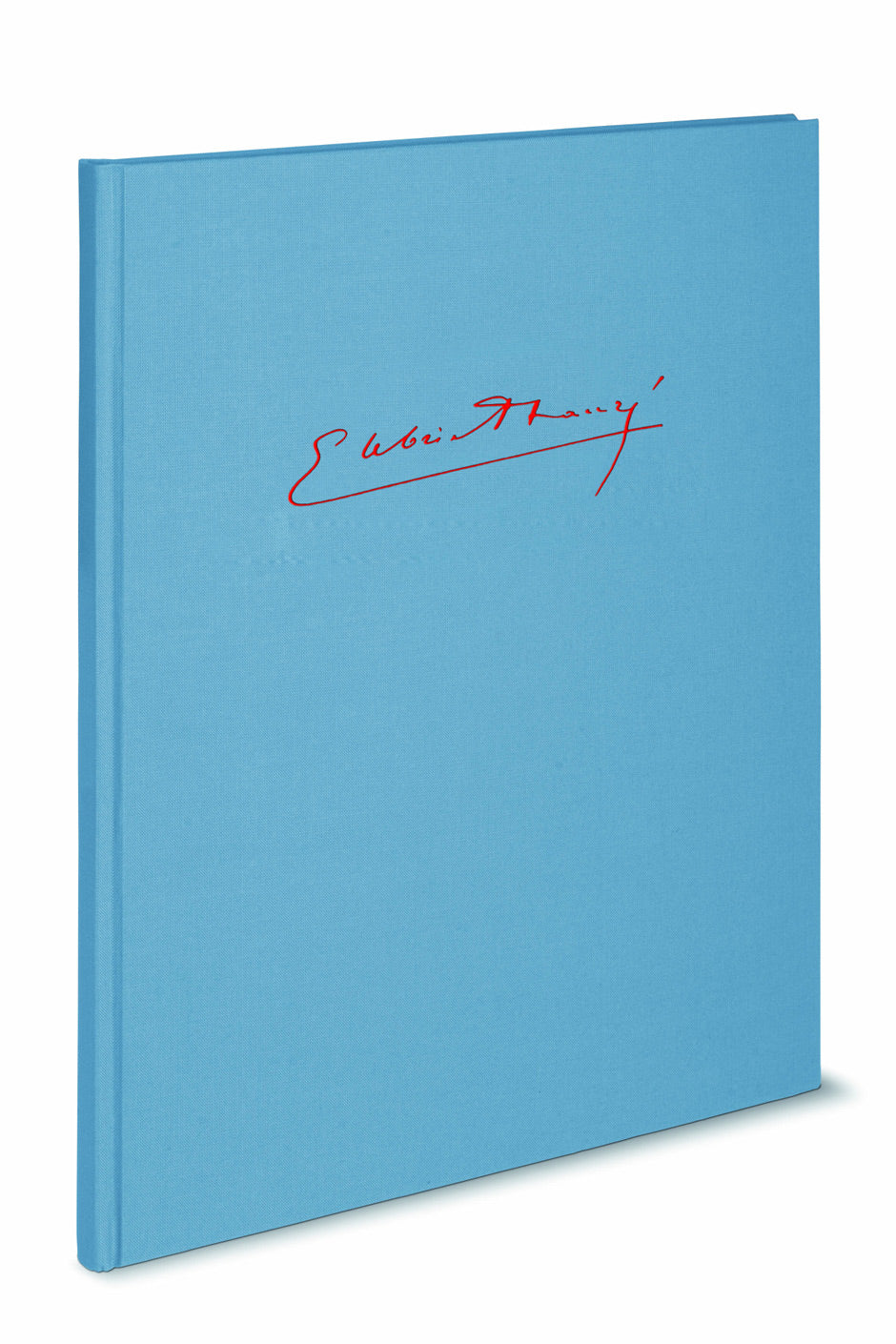Fauré: Works for Mixed Choir and Orchestra
Œuvres complètes II/1
In stock and typically ships within 1 business day.
- Composer: Gabriel Fauré (1845-1924)
- Format: Full Score
- Instrumentation: SATB Choir, Orchestra
- Binding: Hardcover
- Work Language: French
- ISMN:
- Size: 10.2 x 13.0 inches
- Pages: 166
- Urtext / Critical Edition
Description
This volume of "Œuvres complètes de Gabriel Fauré" contains Fauré's four secular choral works in their orchestral arrangements, namely "Les Djinns", "La Naissance de Vénus", "Madrigal", and "Pavane". These works were composed between 1876 and 1887; thereafter Fauré wrote choral compositions based only on sacred texts. The first three works are presented here for the first time in a full score edition, previously having been published only in their versions with piano accompaniment. This edition is therefore the first to present the works with an authoritative musical text based on the careful study of the sources.
"Les Djinns" (1876-76) for mixed choir and orchestra is based on the famous poem by Victor Hugo first published in the collection "Les Orientales", while "La Naissance de Vénus" (1882) for soloists, choir and orchestra is based on a text by Paul Collin. "Madrigal", the orchestral version of which cannot be dated with certainty (around 1891, for a quartet of soloists or choir) has been composed after a poem by Armand Silvestre, and the famous "Pavane", originally composed for orchestra and only later supplemented with a text by Symbolist poet Robert de Montesquiou, is presented here in an elegant, graceful version with mixed choir.
Works:
- Les Djinns, N 43b, Op. 12
- La Naissance de Vénus, N 72b, Op. 29
- Madrigal, N 78b, Op. 35
- Pavane (Version with Choir), N 100a, Op. 50
Publishers use a lot of words to describe what they sell, and we know it can be confusing. We've tried to be as clear as possible to make sure you get exactly what you are looking for. Below are descriptions of the terms that we use to describe the various formats that music often comes in.
Choral Score
A score for vocalists that only contains the vocal lines. The instrumental parts are not there for reference. Generally, cheaper than a vocal score and requires multiple copies for purchase.
Facsimile
Reproductions of the original hand-written scores from the composer.
Full Score
For ensemble music, this indicates that the edition contains all parts on a single system (there are not separate parts for each player). In larger ensembles, this is for the conductor.
Hardcover
Hardbound. Generally either linen-covered or half-leather.
Orchestral Parts
Similar to a wind set, this is a collection of parts. In the case of strings, the numbers listed are the number of copies included, though generally these are available individually (often with minimum quantities required).
Paperback
When publishers offer multiple bindings (e.g. hardcover) or study scores, this is the "standard" version. If you're planning to play the music, this is probably what you want.
Performance / Playing Score
A score of the music containing all parts on one system, intended for players to share. There are not separate parts for each player.
Set of Parts
For ensemble music, this indicates that there are separate individual parts for each player.
Solo Part with Piano Reduction
For solo pieces with orchestra, this is a version that contains a piano reduction of the orchestra parts. For piano pieces, two copies are typically needed for performance.
Study Score
A small (think choral size) copy of the complete score meant for studying, and not playing. They make great add-ons when learning concertos and small chamber works.
Vocal Score
A score prepared for vocalists that includes the piano/organ part or a reduction of the instrumental parts.
Wind Set
For orchestral music, this is a collection of wind and percussion parts. The specific quantities of each instrument are notated.
With Audio
In addition to the printed music, the edition contains recordings of the pieces. This may be an included CD, or access to files on the internet.
With / Without Fingering (Markings)
Some publishers prepare two copies - a pure Urtext edition that includes no fingering (or bowing) suggestions and a lightly edited version that includes a minimal number of editorial markings.



